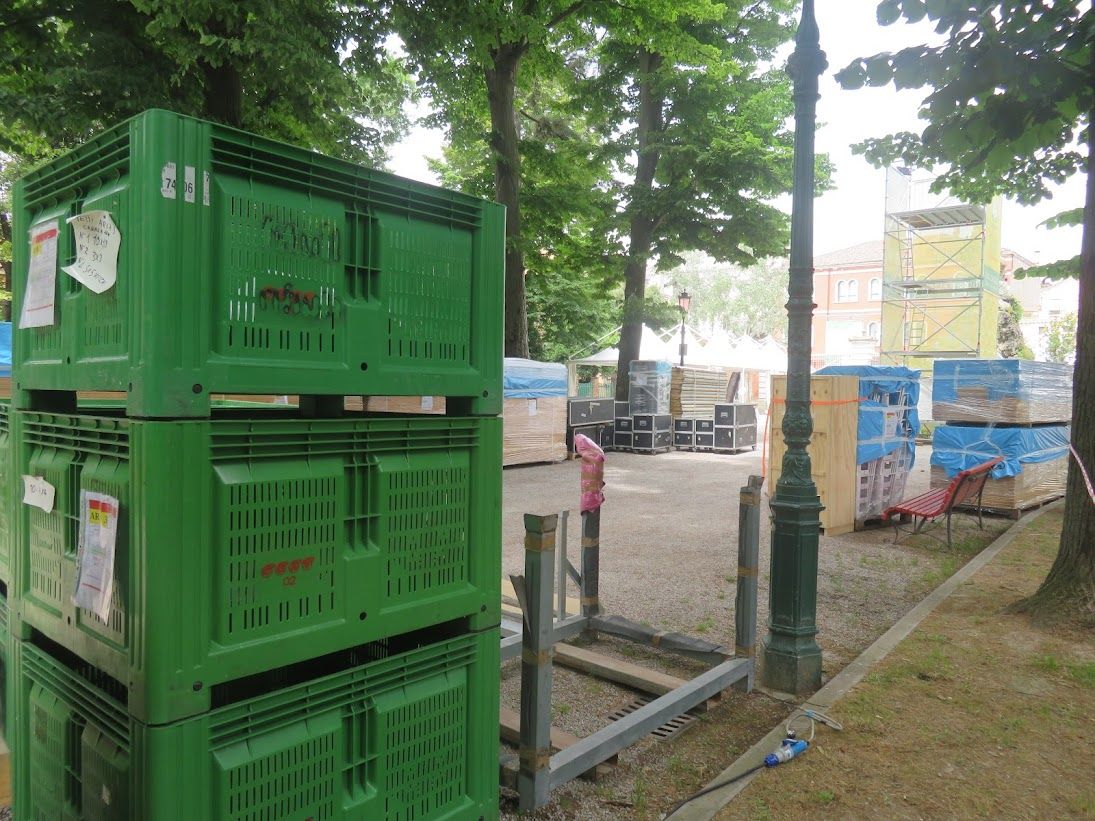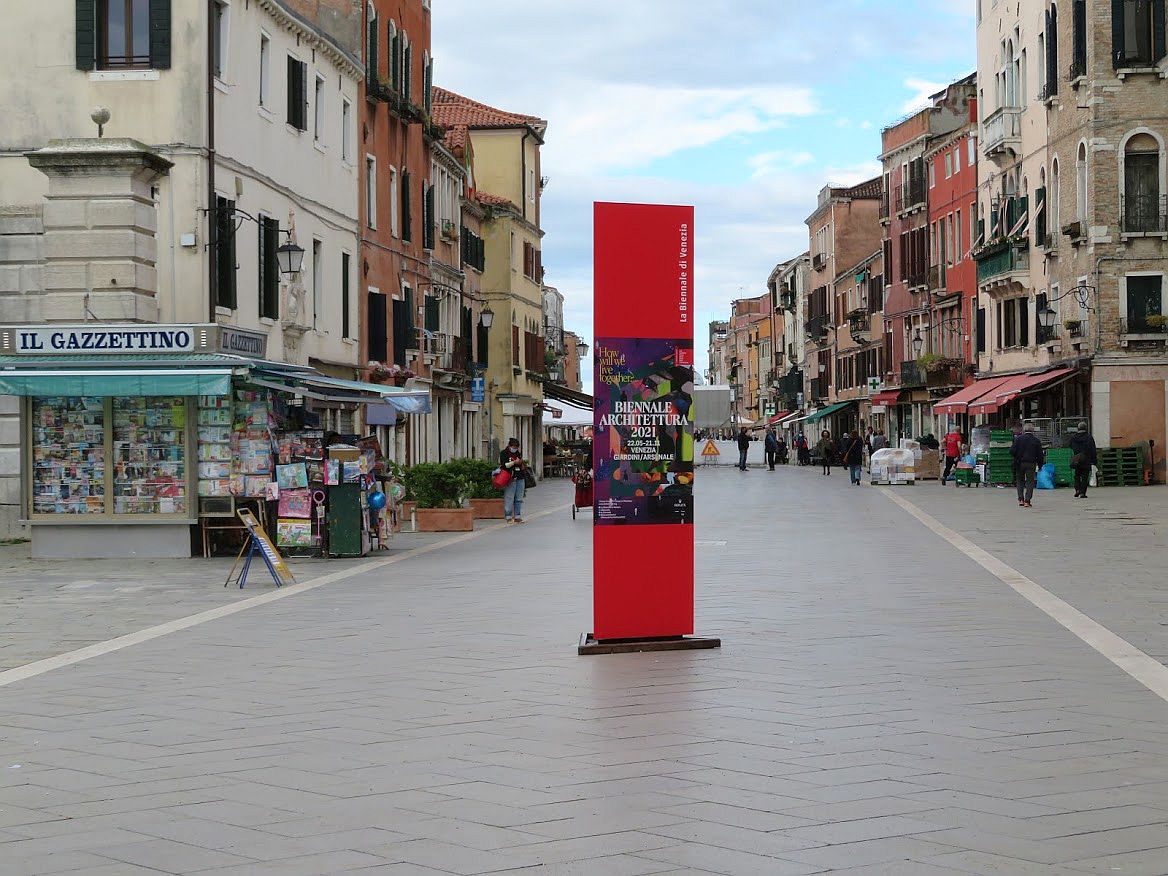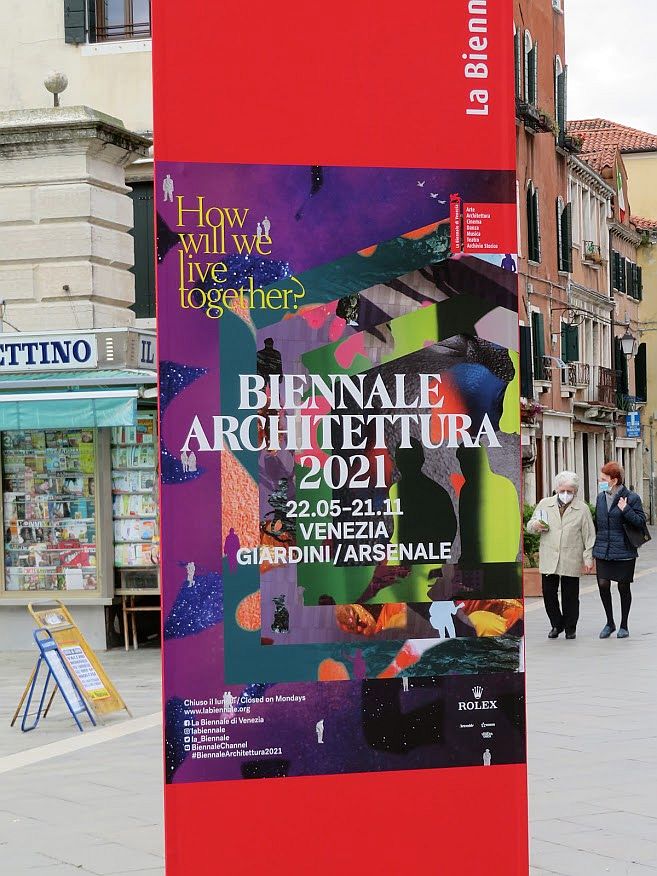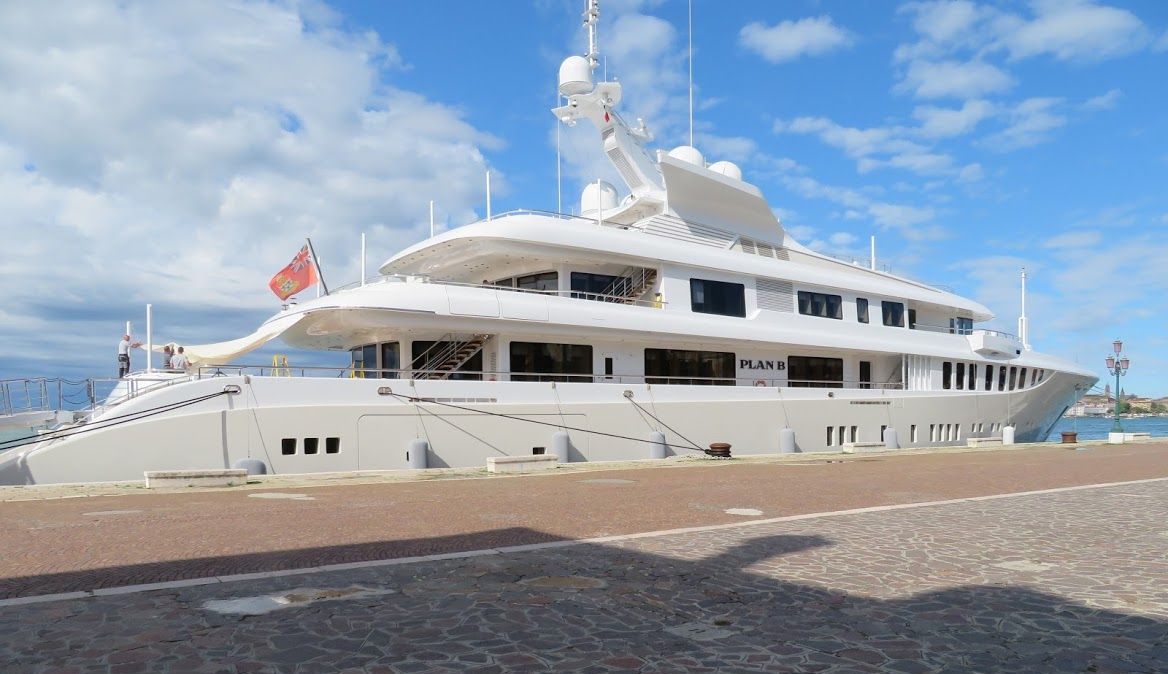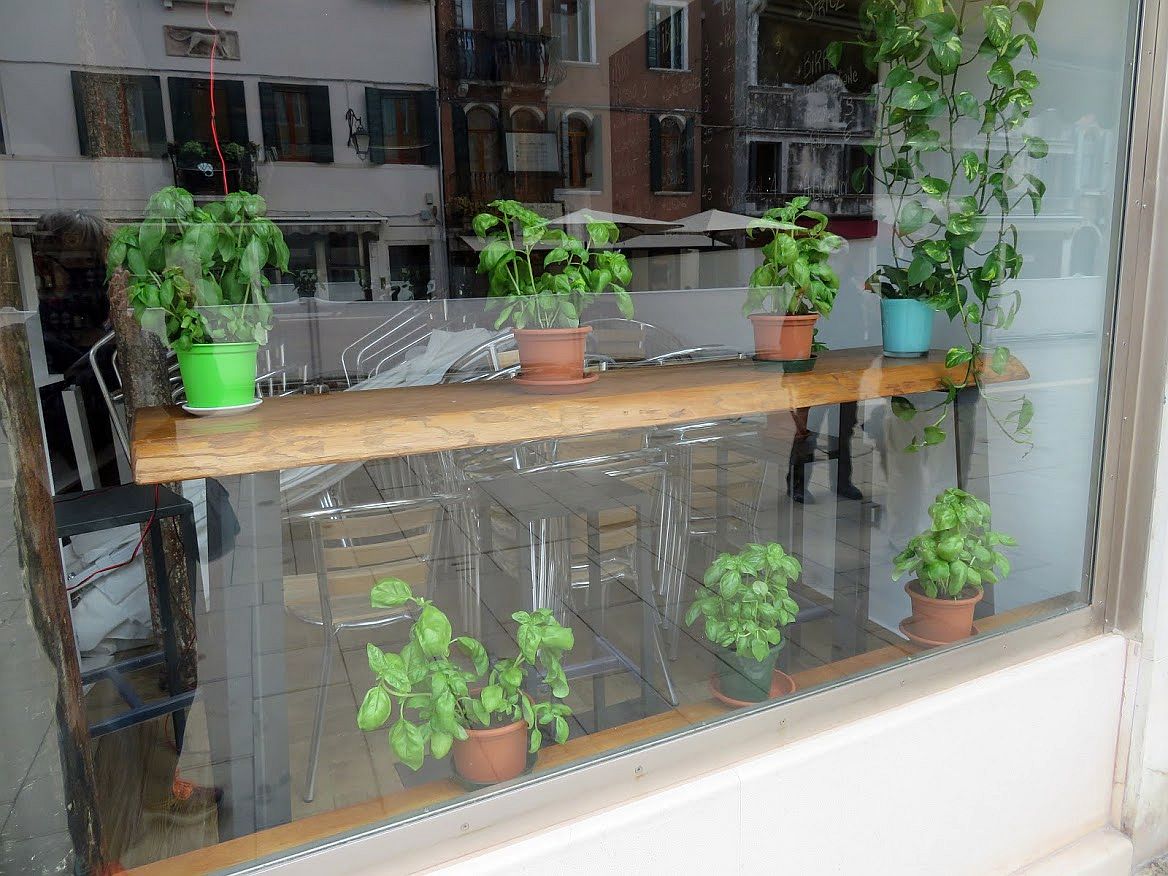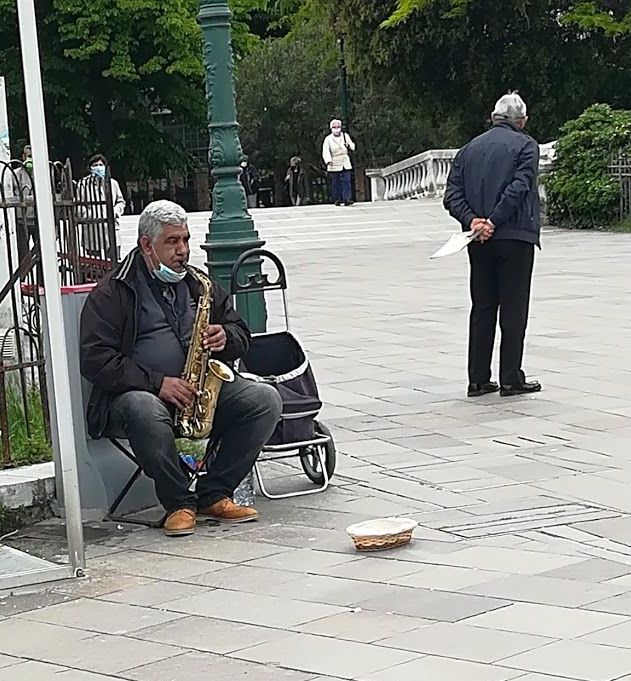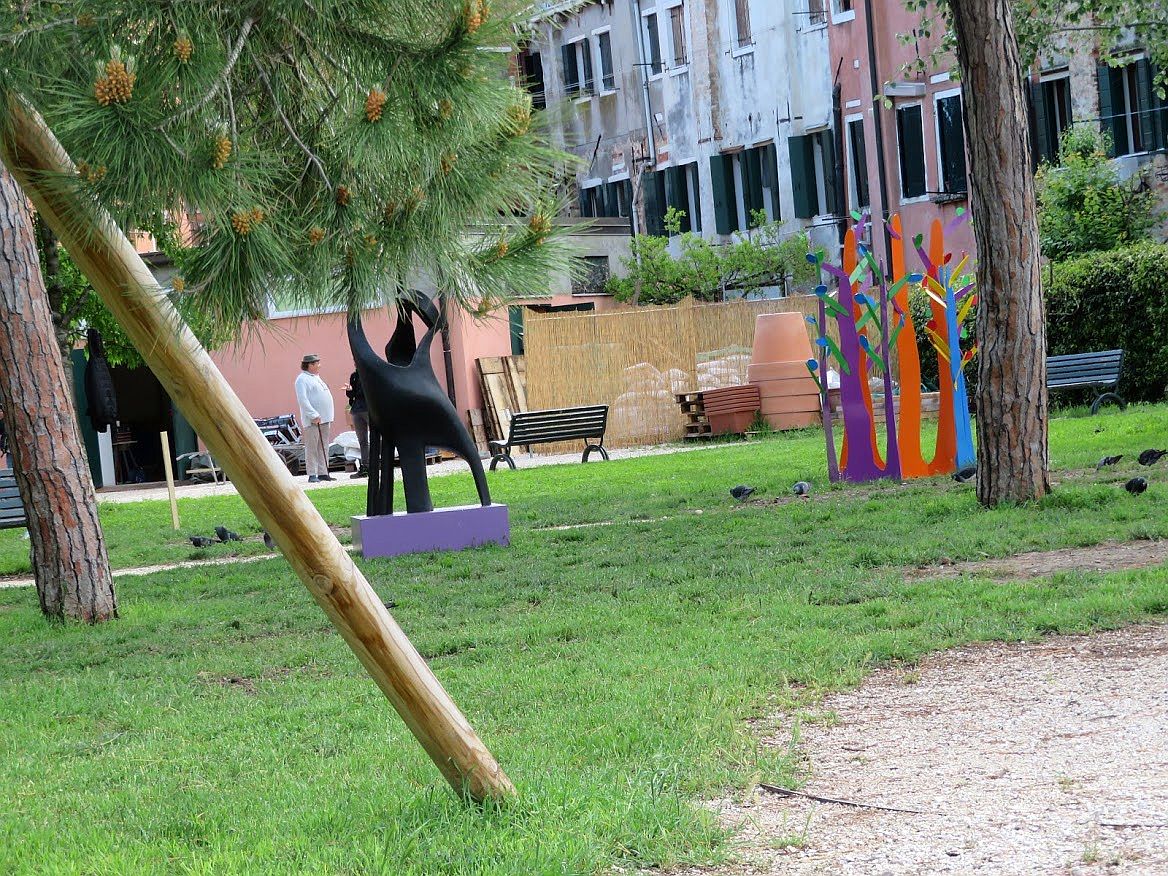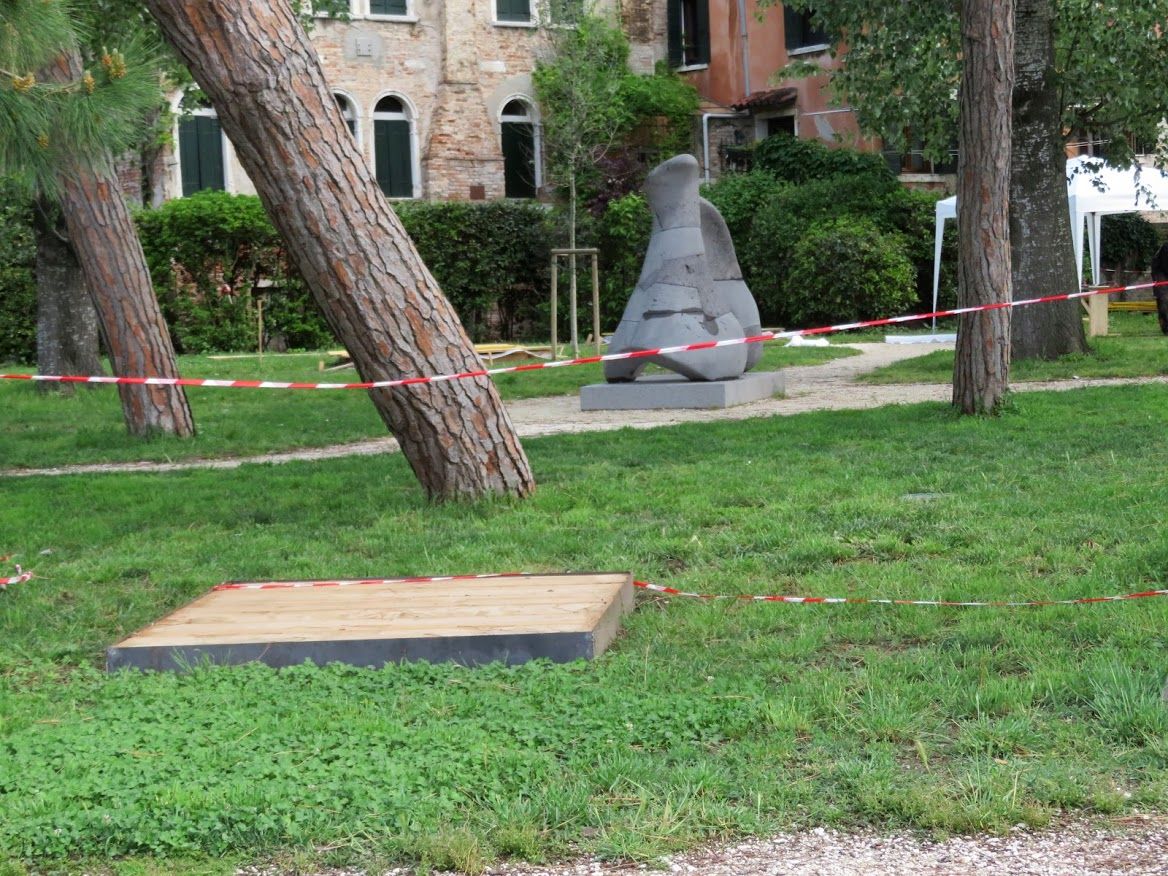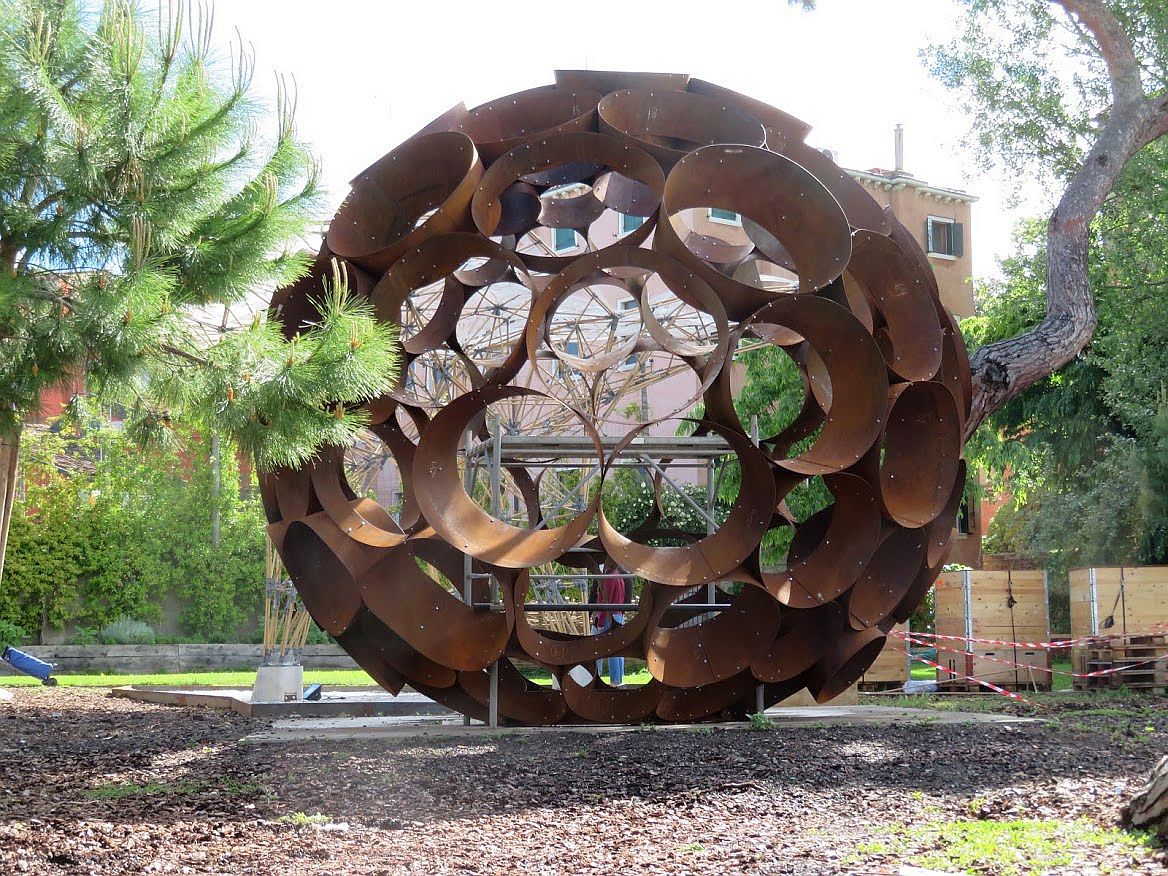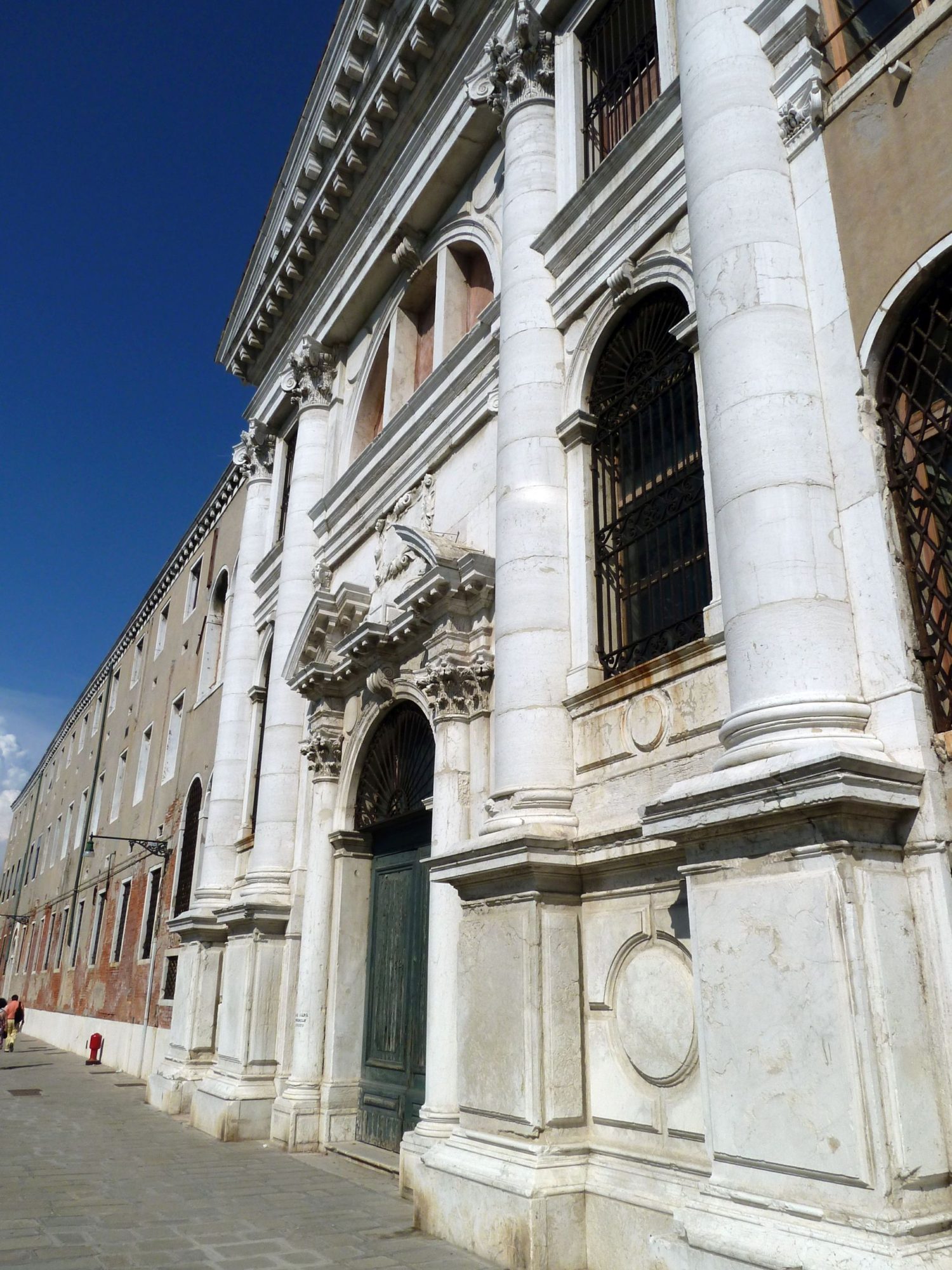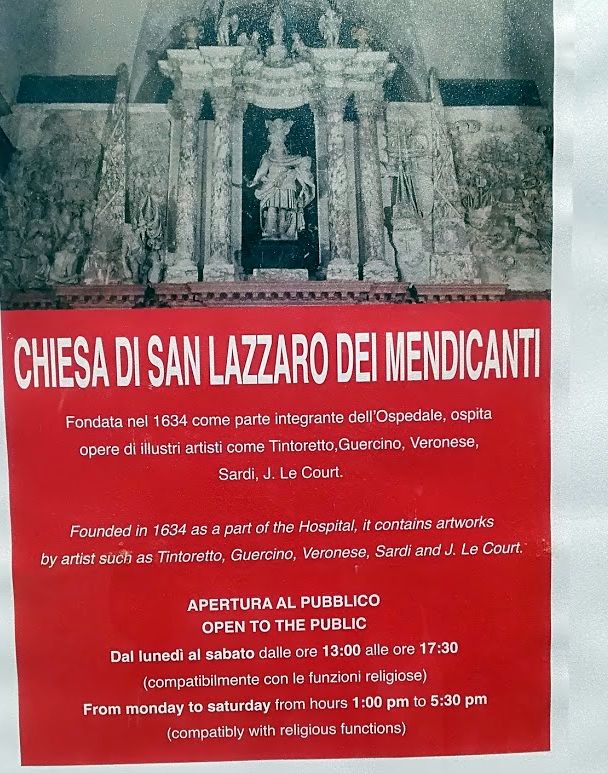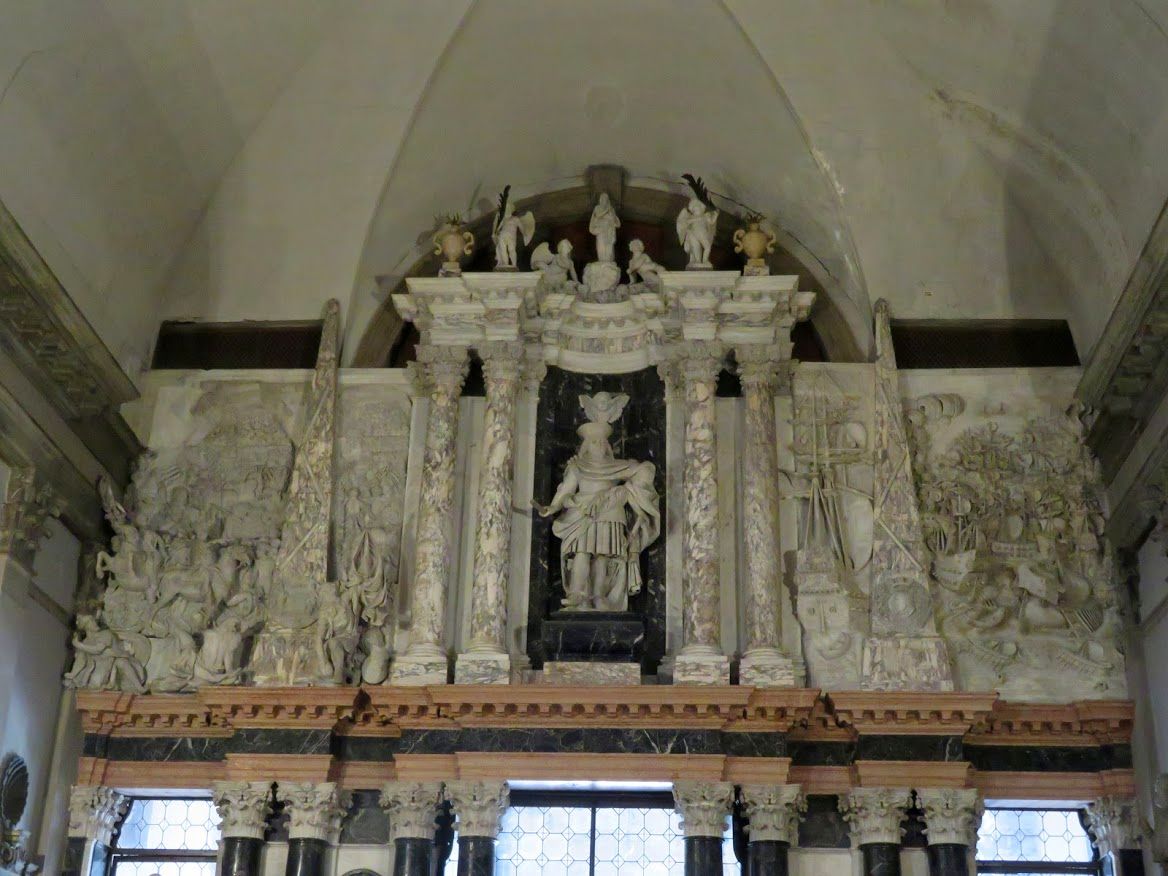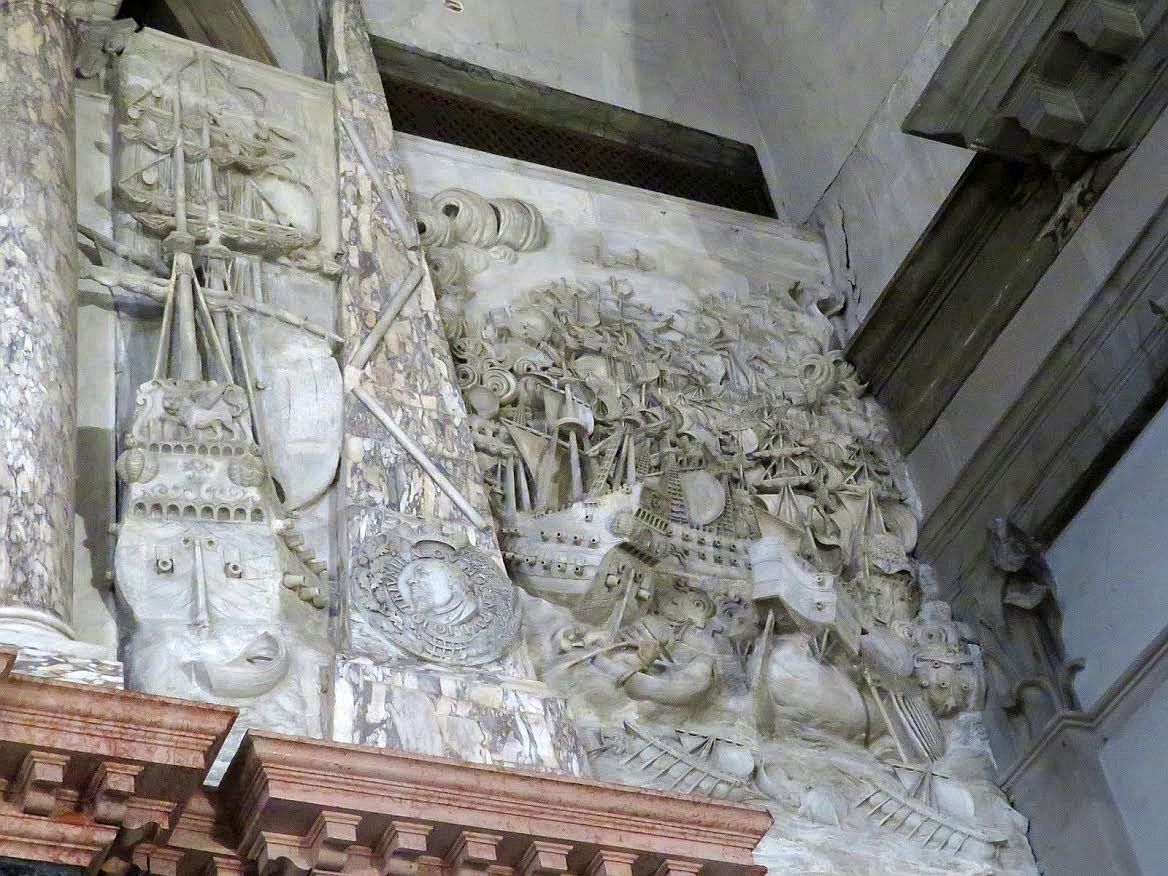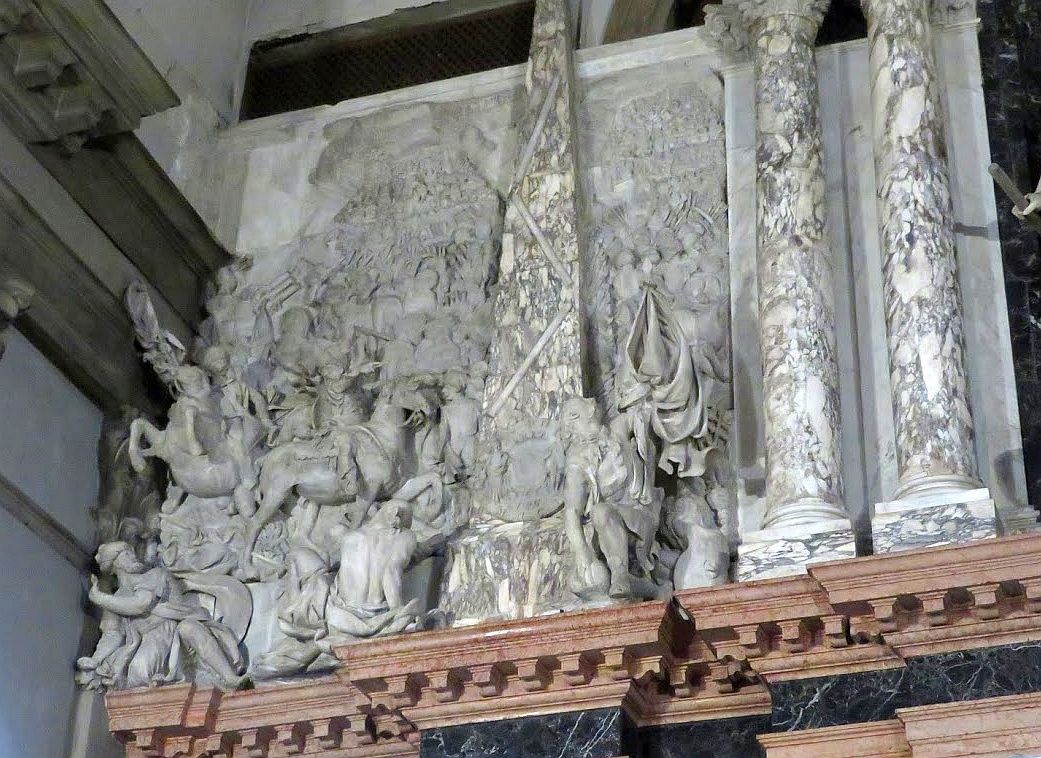You think Venice is just museums and restaurants? This particular moment will show that you can be in Venice without doing any of the things you typically expected to do, at least in the heart of darkest Castello. Sumer is definitely icumen in.
Potluck dinner tonight in Seco Marina.
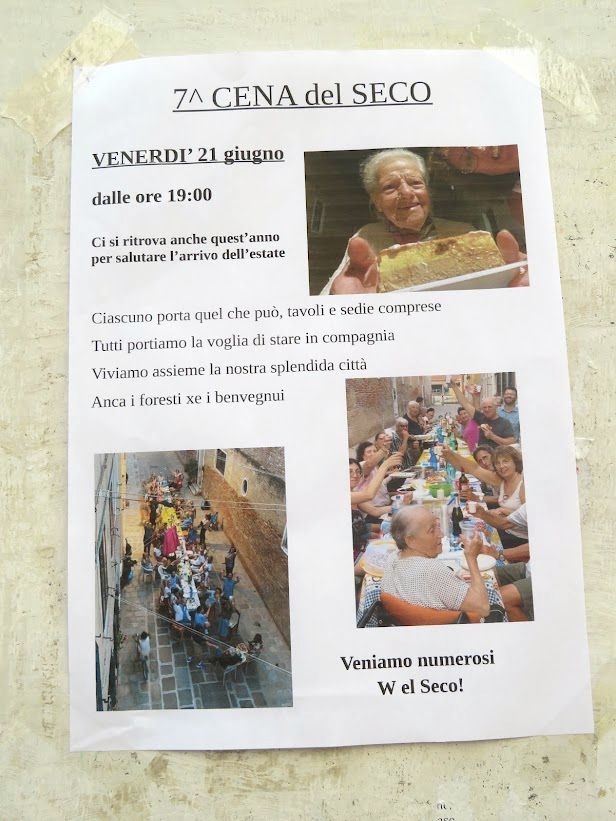
Not being sarcastic, I think that is absolutely adorable, because extending the invitation to foreigners (just for starters) especially in the local language, is the essence of welcome. Also not being sarcastic, maybe it’s a cleverly calculated risk, because I’m not sure how many foreigners speak Venetian.
A Venetian I know, working on the assumption that some foreigners would understand this invitation anyhow, also assumes that said foreigners would bring next to nothing to the table but a large desire to eat free food. I’m not going to be there to confirm or deny this, but the notion that at least one foreigner might interpret the invitation in this way does give an regrettable indication of how some foreigners have led at least one Venetian to imagine something so unpleasant. This foreigner (me) unhappily believes that the aforementioned Venetian may well not be wrong.
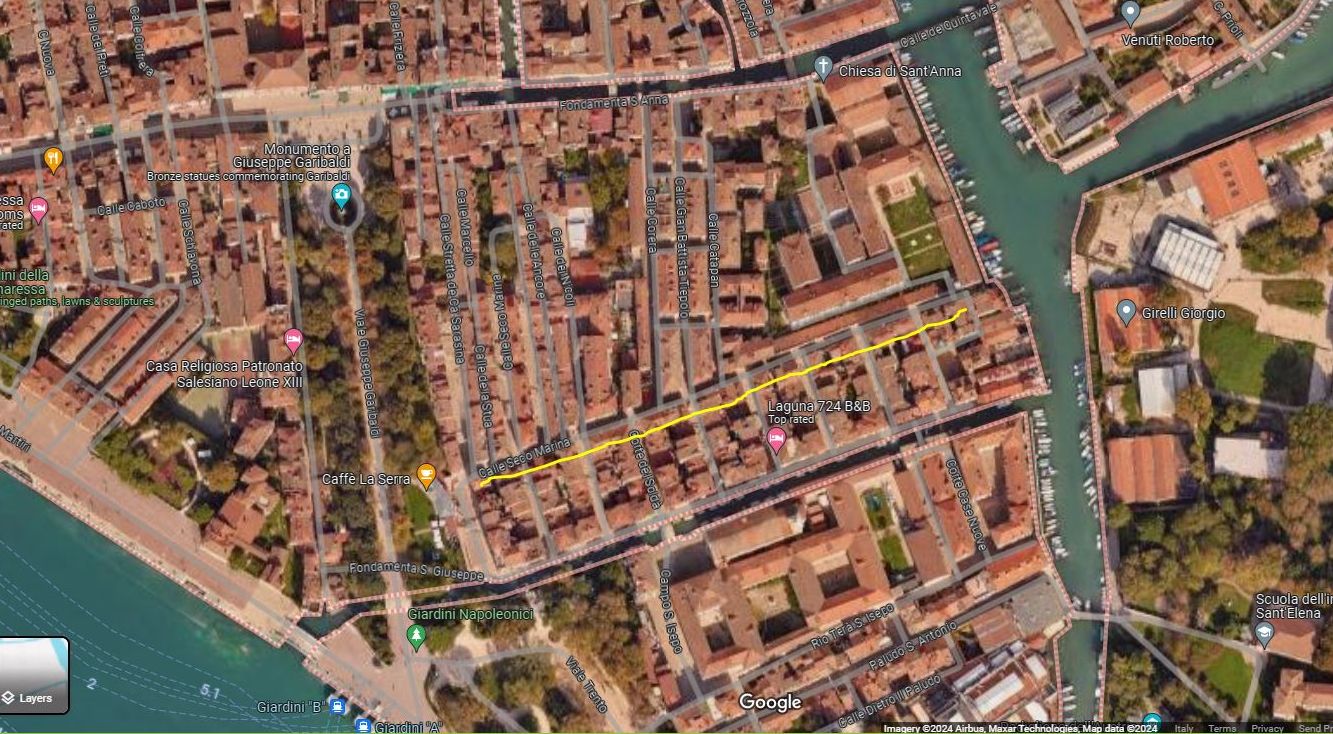
While we’re on the subject of Friday evening, you could wander over to the Campo San Lorenzo and enjoy an evening organized by “Art Night Venice.” (Please note the Comune’s commitment to serving its tourists by organizing or sponsoring all these events on June 22 by promoting it on their website whose English-language option does not translate into English. You might chance your arm by using Google Translate, if you care.) There are scores — they say “hundreds” — of free events that night. Here’s an English-language rundown.
San Lorenzo is a bit out of my circuit even though it’s not far. You could be there in ten minutes or even fewer from via Garibaldi.
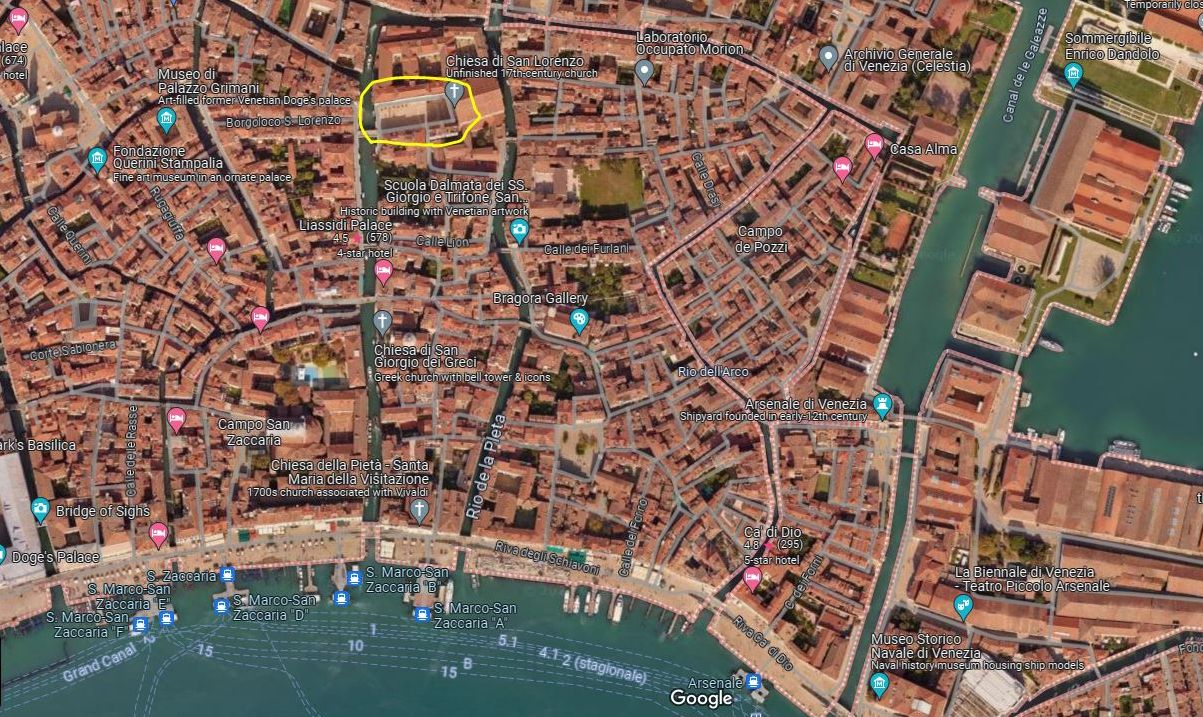
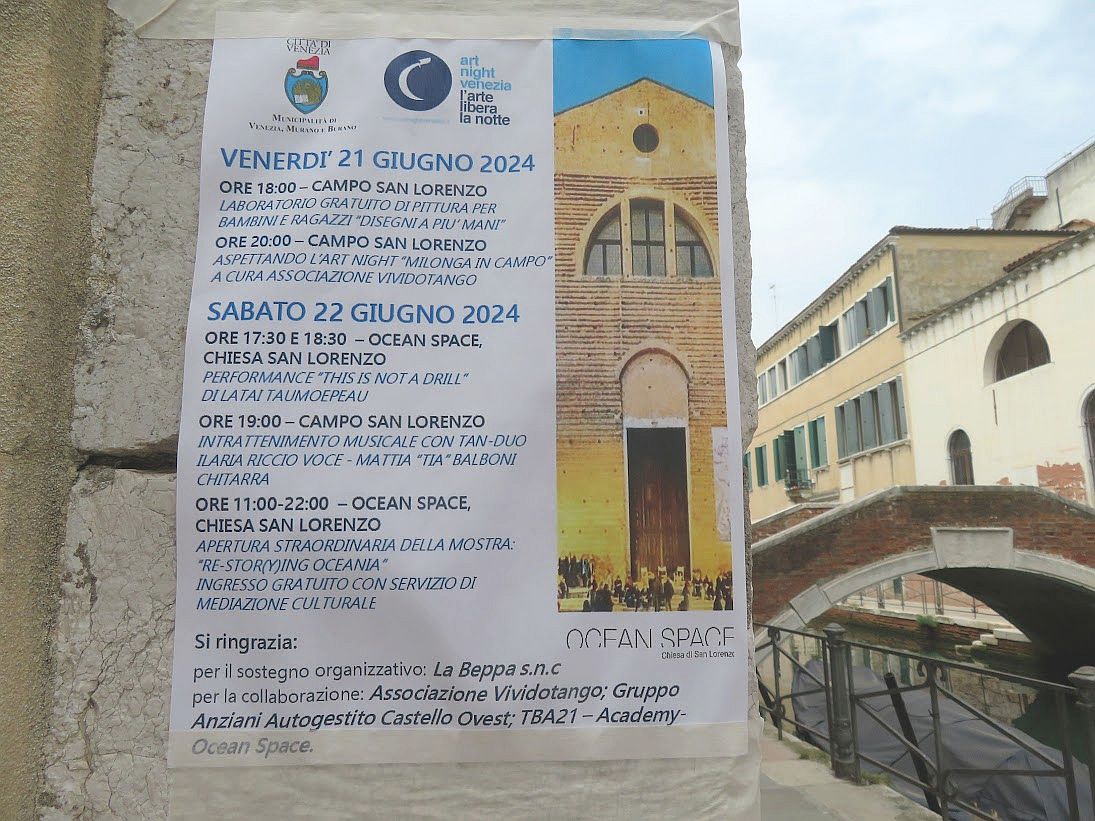
Then there is the annual five-day festa of San Piero di Casteo June 26-30. Every year thousands of revelers come to revel till midnight or so to live music and equally live mosquitoes (bring your strongest repellent). When the music ends and the food stands close, everybody all reveled out wanders homeward along the street outside our bedroom window. We are at street level. The windows are open because we are sweltering. So we get to hear everybody’s chaotic closing remarks till 1:00 AM or so.
And let us not forget that the Biennale is still in full swing. Last Wednesday morning about 4,936 kids (by my estimate) from Campalto, a village up on the way to the airport, were coming to see it. They were excited, which is nice. But 4,936 excited kids on the 5.1 vaporetto from the Zattere was not at all nice. I closed my eyes all the way back, trying not to imagine those doomed ferries in southeast Asia that go down because they are so groaningly overloaded. I asked Lino if we were going to start seeing people riding atop the vaporettos, like trains in India. He didn’t reply. I did not take that as a “no.”
But the true drama underway in the neighborhood — speaking of entertainment, which I guess we were — is the gobsmackingly ponderous Coldiretti Villaggio that has been under construction for a week and will continue to be under construction till it opens on June 28 for three gobsmacking days. I couldn’t find anything in English about this phenomenon but click on the link to see a brief video from the same undertaking a few months ago at Naples.
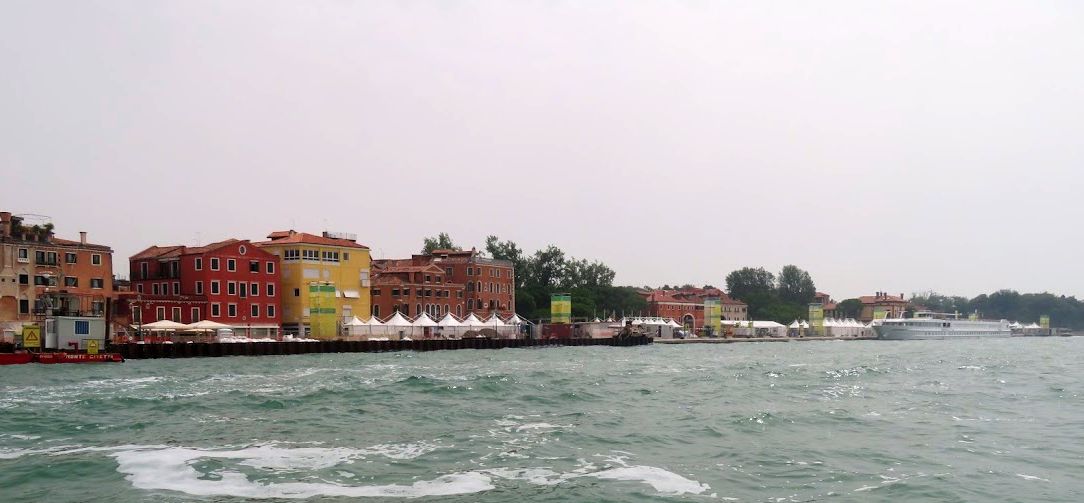
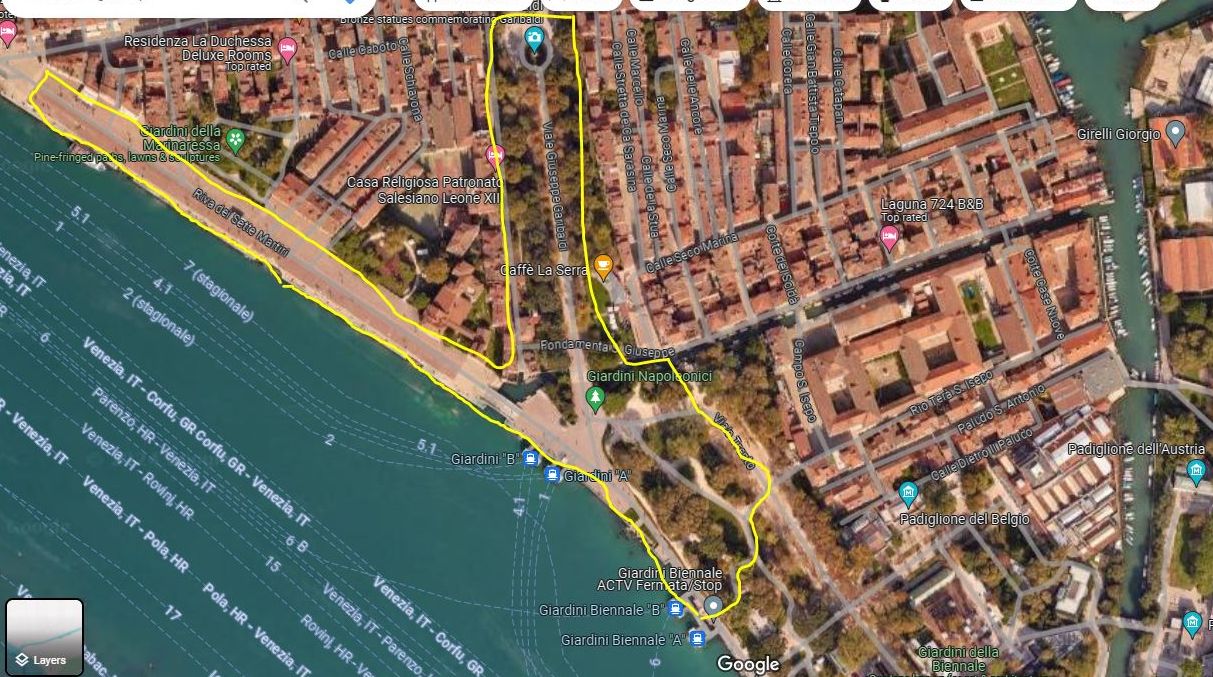
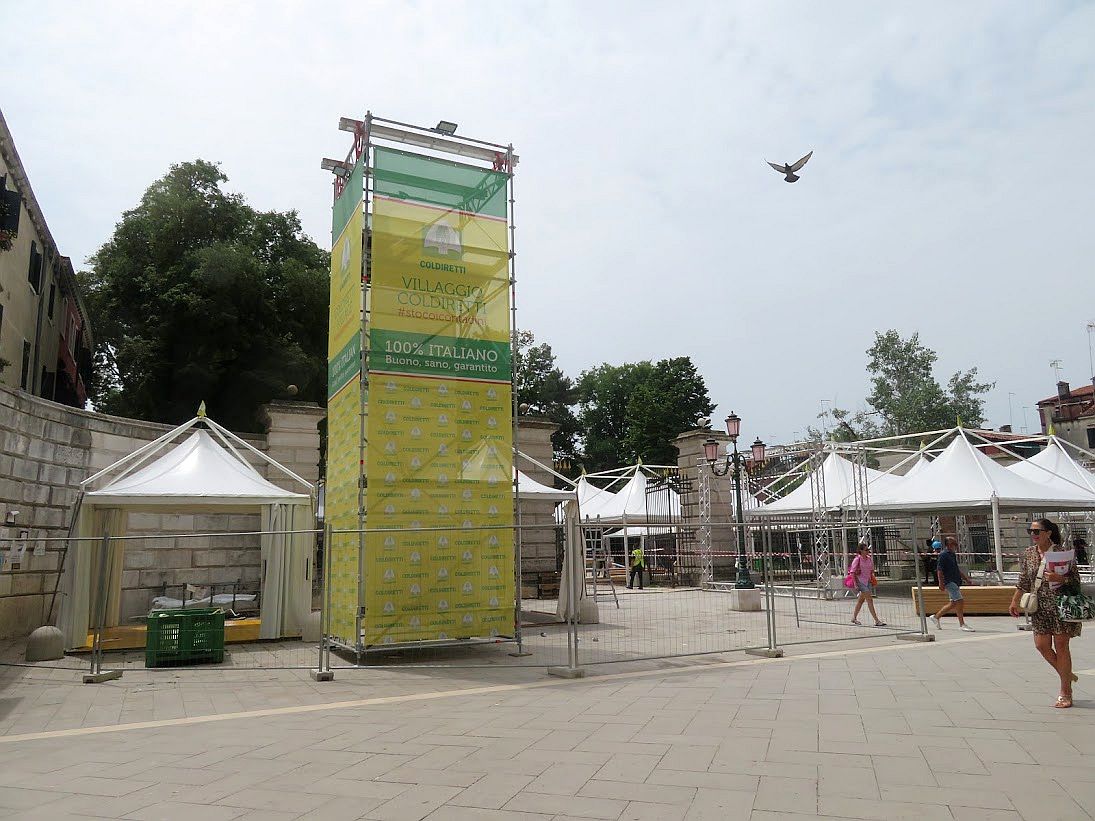
This event is of dimensions so extreme and gnarly that it needs its own post. Meanwhile, as I struggle to write it, may I suggest that you pause to evaluate the theoretical value/importance/necessity/desirability of awakening Venetians (I think the three days are intended to awaken people) to the problems of farmers and raisers of livestock by bringing the farmers and livestock straight into the heart of a desperately fragile World Heritage Site that is already known to be staggering under the weight of human hordes.
And on that note (I think it’s a G-flat), let the summer begin.


